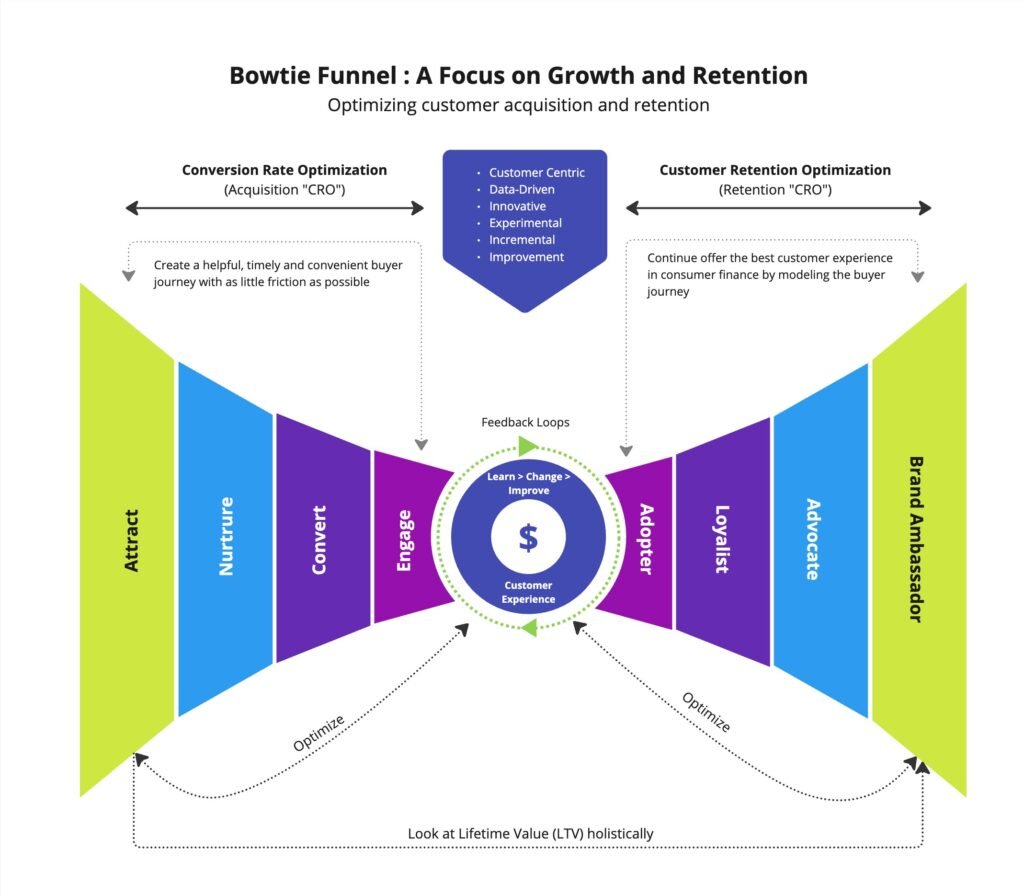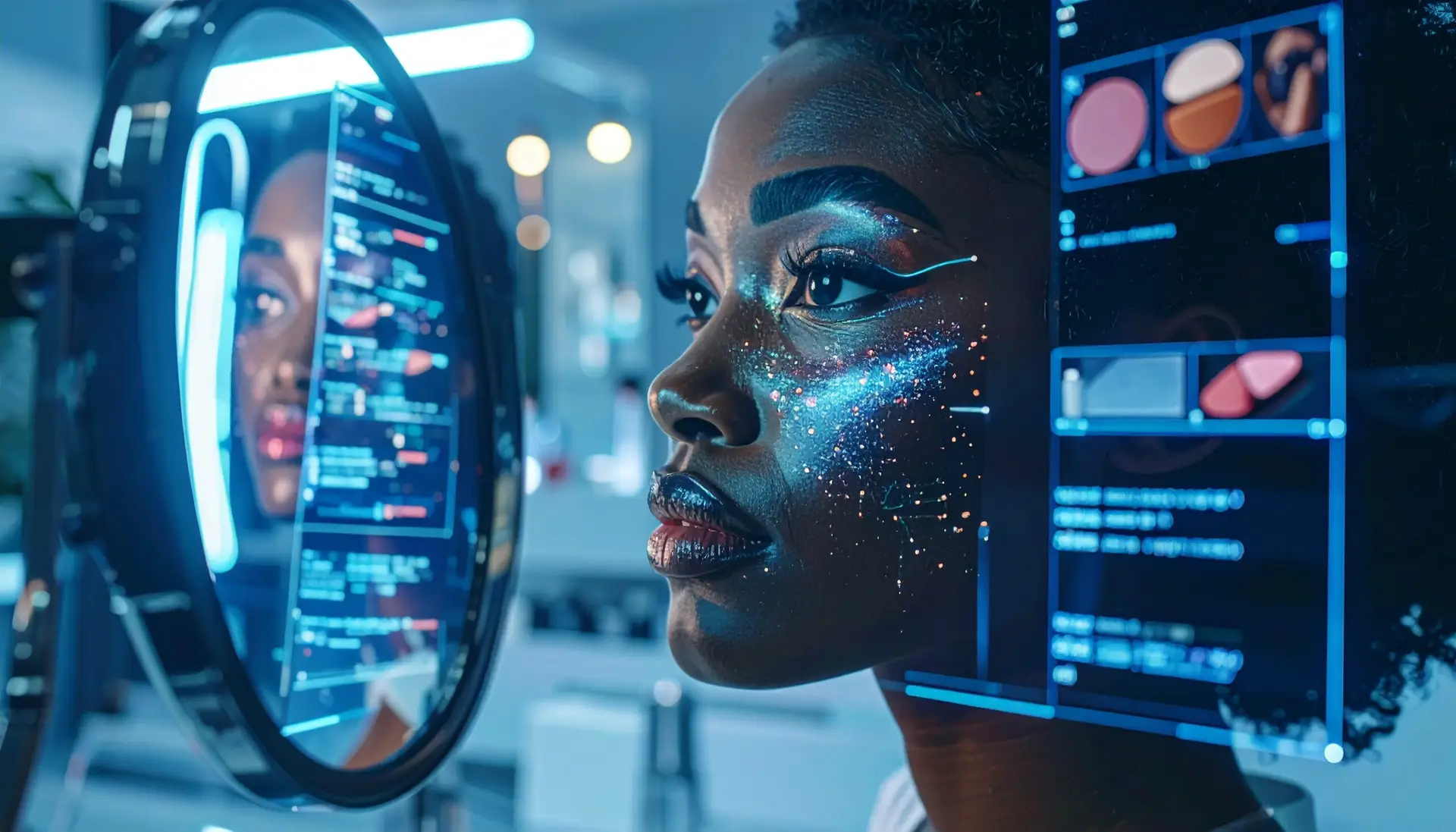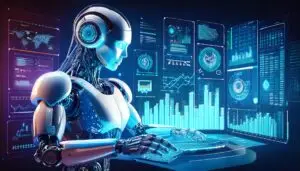Table of Contents
In today’s digital landscape, marketing professionals face unprecedented demands: delivering personalized seamless customer experiences across fragmented channels. Siloed campaigns and linear funnels no longer suffice. At AsiaTechBuzz, we explore full funnel marketing – a holistic strategy that connects awareness, considerationk conversion, retention, and advocacy into a dynamic cycle, driving sustainable growth.
With over 28 years in marketing, business development, and MarTech deployment, I’ve witness the shift from dial-up ads to AI-powered ecosystems. The constant remains: understanding customers at every touchpoint. This guide dives into full funnel marketing, its MarTech foundation, and actionable strategies, empowering marketing professionals to boost engagement, loyalty, and ROI in a connected world.
Why Full Funnel Marketing Matters
The Shift from Silos to Connected Journeys
In the early 2000s, marketing was fragmented. I recalled launching banner ads that rarely synced with email campaigns, requiring manual data transfers and having to anticipate consumer response. Customers felt the disconnected, and results suffered. Today, multi-device usage and empowered consumers demand cohesive experiences. Salesforce reports 73% of customers expect personalized interactions at every stage.
Full funnel marketing dismentles silos, creating a cyclical journey where each stage informs the next. Unlike linear models, it adapts to complex customer paths – browsing on mobile, engaging on social, converting on desktop. For marketing professionals, this approach enhances efficiency, personalization, and measurable growth, making it non-negotiable in a connected world.
Key Benefits of Full Funnel Marketing
- Personalization: Tailors content to individual needs, increasing engagement.
- Efficiency: Automates tasks, freeing time for strategic planning.
- Predictive Insights: Anticipates behavior for proactive campaigns.
- Scalability: Handles complex workflows, ideal for enterprises.
- ROI and Loyalty: Optimizes spend and build lasting customer relationships.
Mapping the Full Funnel Customer Journey
Awareness: Sparking Curiosity
Full funnel marketing begins with sparkling curiosity. Blog posts, videos, podcasts, and thought leadership pieces drive organic search (SEO) and social media engagement. Programmatic ads and paid social amplify reach. A full funnel content strategy ensures content resonates, laying the groundwork for deepr connections.
In the early 1990s, I drove awareness for a startup using online bulletin boards and early email newsletters – creative tactics for a limited budgets. Linking these efforts to later stages was tough without modern tools – consumers were also not as sophisticated compared to Gen Z and millennials today. Today, platforms like Google Analytics and SEMrush aligh awareness with downstream goals, providing actionable insights.
Consideration: Nurturing Trust
In consideration, prospects evaluate solutions. Whitepapers, case studies, webinars, and interactive tools build credibility. Email marketing, retargeting, and personalized landing pages sustain interest. Full funnel analytics reveal engagement drivers, enabling tailored nurturing.
I once tracked B2B leads manually, logging email opens. It was tedious but taught me the value of understanding prospects’ needs. Now, marketing automation platforms (MAPs) like HubSpot streamline nurturing, delivering scalable personalization.
Conversion: Sealing the Deal
Conversion turns interst into action. Product demos, free trials, consultation, and personalized offers close deals. Optimized landing pages and direct response ads reduce friction. A full funnel customer experience ensures seamless transitions. Modern tools like Optimizely automate A/B testing, making conversions predictable and scalable.
Retention: Building Loyalty
Post-purchase, retention drive customer lifetime value (CLV). Customer success stories, loyalty programs, onboarding guides, and exclusive content strengthen bonds. Email sequences and in-app messagng maintain engagement. Full funnel customer lifetime value transforms one-time buyers into repeat customers. In my early career where CRM platforms are not in-place, i used personal calls to ensure B2B customer satisfactions and establishing line-of-sight relationship building. Today, CRM platforms like Salesforces / HubSpot automate retention workflows, preserving that personal touch at sale with customer interaction data stream on a real-time basis to predict intention and hence personalizing communications and offers to customers.
Advocacy: Creating Champions
Satisfied customers become advocates through user-generated content, referrals, and reviews. Social listening, community forums, and organic influencer marketing amplify their impact. Full funnel brand building leverages advocacy to fuel growth.
Before social media platforms became popular, I often have to rely on word-of-mouth recommendations from clients or printed testimonials on prints. Now, platforms like Bazaarvoice harness reviews, making advocay a measure growth driver.
Below is an example of the “bowtie funnel”. At each stages of the funnel, there will be different set of marketing activities to “nudge” suspect to prospect to customer and eventually becoming a brand advocate.

The MarTech Foundation of Full Funnel Marketing
Connecting SYstems for a Unified View
Siloed systems hinder progress. In the 2000s, I struggled to sync a CRM with an email platform, relying on error-prone exports. Technology at that point in time was not connected and had to rely on legacy protocols. Integrating the MarTech platform and forming an ecosystem, revealed a unified customer views, transforming targeting. A connected MarTech stack is the backbone of full funnel marketing.
Key components of a connected MarTech ecosystem include:
- CRM (e.g. Salesforce): Centralizes customer data for personalization.
- Marketing Automation Platform (MAP) e.g. Marketo, Braze, MoEngage : Orchestrates multi-channel campaigns, ensuring campaigns are communicated in syncs across different channels.
- Customer Data Platforms (CDPs e.g. Segment, mParticle, Tealium): Unifies fragmented / siloed data and often provide real-time activation based on user behaviours.
- Content Management System (CMS) / Digital Experience Platform (DXP): Maintain a central repository of content to ensure efficient distribution of content across multiple channels.
- Analytics and Attribution Plaforms (e.g. Google Analytics, AppsFlyer): Measure user behaviour across the funnel and provide measurement for full funnel ROI with multi-touch models.
- Data Visualization Tools (e.g. PowerBI, Tableau, Looker): Vizualizes insights for optimization.
Integration ensures seamless data flow, enableing real-time optimization across channels to deliver marketing ROI.
AI and Machine Learning (ML): Driving Inteling Engagement
AI has transformed full funnel marketing. In the early 2000s, I wished for tools to predict lead convesion. We often had to rely on data analysis tools like SAS or SPSS to crunch numbers and come up with predictive models to predict lead conversion. Today with AI/ML and more advanced MarTech tools with built-in AI, we are able to deliver:
- Predictive Analytics: Forecasts behaviour and churn (e.g. IBM Watson).
- Hyper-personalizatin: Delivers real-time tailored content (e.g. Dynamic Yield).
- Automate Content: AI tools like Jasper optimize copywriting.
- Programmatic Ads: Platforms like the Trade Desk target efficiently.
- Conversational AI: Chatbots like Drift qualify leads instantly. In Home Credit Kazakhstan, we even deliver an AI Chatbot (AiZhan) that provide intelligent conversations around topics and questions asked.
AI & ML empowers marketing professionals to deliver smarter, scalable campaigns.
Latest Trends in Full Funnel Marketing
| Trend / Statistic | Description | Source |
|---|---|---|
| 73% of marketers use AI for personalization | AI enhances engagement across funnel stages. | Salesforce |
| 80% of consumers expect personalized experiences | Personalization drives conversions and loyalty. | Epsilon |
| CDPs to reach $20.5B by 2027 | Unified data fuels full funnel strategies. | CB Insights |
| 80% of marketers struggle with attribution | Multi-touch attribution challenges ROI measurement. | Forrester |
| 65% of B2B buyers research online first | Awareness content is critical for B2B funnels. | Gartner |
Implementing Full Funnel Marketing
Navigating Key Challenges
Implementing full funnel marketing requires overcoming hurdles:
- Silos: Misaligned teams disrupt progress. I once aligned traditional marketing with digital teams via shared goals (using same analytics source), resolving lead quality issues.
- Data Privacy: GDPR and CCPA demand robust governance. Early data practices where lax; first-party data now builds trust.
- Skill Gaps: Marketers need strategic, analytical, and technial skills. I learned coding to deploy MarTech – skills today’s professionals must adopt (refer to my article on “T-shape”Rewriting the Playbook: How T-Shaped Talent Unlocks Asia-Pacific MarTech Potential”.
- Attribution: Proving ROI was tough with basic metrics. Multi-touch tools clarify touchpoint value.
Actionable Steps for Success
- Define Buyer Personas: Data-drive personas ground strategies, unlike my early informal approaches.
- Map the Journey: Identify touchpoints and friction points.
- Align Content: Tailor content for each stage, from videos to demos.
- Integrate MarTech: Ensure seamless data flow.
- Set KPIs: Track impressions, engagement, conversions, CLTV, and advocacy.
- Experiment: A/B Testing, even in early forms, taught me iteration’s value.
These steps, refined over decades, empower marketing professionals to buld effective full funnel strategies.
Case Studies: Full Funnel Marketing in Action
B2C: E-commerce Brand Boosts CLTV
A mid-sized e-travel brand adopted full funnel marketing using a CDP to unify data. SEO-optimized content and social ads drove 28% more in traffic in six months. Personalized email recommendations increased click-through rates by 20%. A/B tested landing pages lifted conversions by 15%. Loyalty programs and post-purchase emails boosted repeat purchases by 32%, raising CLTV by 40%.
(Source: My personal experience at a B2C e-travel company. We build our own CDP to integrate transaction data with user profiles using ETL processes).
B2B: SaaS Provider Scales Pipeline
A SaaS company implemented a full funnel strategy to grow leads. Webinars and whitepapers generated 700 monthly leads. Retargeting and email nurturing converted 15% into trials. AI chatbots qualified leads 24/7, improving conversion by 18%. Onboarding guides reduced churn by 20%, while referral programs turned 7% of customers into advocates, driving 25% organic growth.
(Source: HubSpot Case Study, 2024)
B2B: Financial Services Firm Enhances Retention
A financial services firm used full funnel marketing to improve client retention. Thought leadership content and paid search drove 30% more website visits. Webinars and case studies nurtured 500 new leads monthly. Personalized consultations increased conversion by 12%. Post-sale email sequences and client portal reduced churn by 15%, with 10% of client becoming referral sources.
(Source: Salesforce Case Study: 2024)
Advanced MarTech for Full Funnel Excellence
Emerging Technologies
Innovative tools enhance full funnel marketing:
- Zero-Party Data (e.g. Jebbit): Quizzes collect intent-data, boosting personalization.
- Voice Search Optimization (e.g. Moz): Adapts SEO for voice queries in awareness.
- AR Demos (e.g. Adobe Aero): Engages prospects in consideration and conversion.
- Blockchain for Transparency: Ensures data privacy, building trust in retention.
- Predictive Content Platforms (e.g. Pathfactory): Recommends content dynamically across the funnel
Integration Best Practices
- APIs / Middleware : Tools like Zapier connects systems seamlessly. Alternatively, invest in an enterprise API management platform e.g. Apigee, Tyk or Kong.
- Data Hygiene: Regular audits prevent errors, a lesson from my early CRM challenges.
- Scalability: Cloud platforms like Snowflake handle growing data needs.
- Cross-Team Collabaration: Shared dashboards (e.g. Looker) align marketing and sales.
Measuring Full Funnel Success
Metrics by Stage
- Awareness: Impressions, click-through rates, organic traffic
- Consideration: Engagement rates, led quality, time on page.
- Conversion: Conversion rate, cost per acquisition.
- Retention: Repeat purchase rate, churn rate, CLTV.
- Advocacy: Net Promoter Score (NPS), referral rates, review volume
Advanced Attribution Models
Multi-touch attribution (e.g. Adobe Analytics, Google Analytics) assigns value across touchpoints, unlike the last-click attribution models I used in the early part of my career. AI-driven models refine accuracy, ensuring full funnel ROI clarity. Tools like Marketo Measure (Bizible) help track cross-channel impact.
Conclusion: The Full Funnel Imperative
Full funnel marketing is the blueprint for sustainable growth. Over 28 years, I’ve seen marketing evolve from fragmented efforts to integrated, AI-driven strategies. The pursuit of customer-centricity endures, but MarTech makes it achievable at scale. Marketing professionals must adopt connected stacks, leverage AI, and embrace experimentation to deliver superior experiences, higher CLTV, and competitive advantage. Start now – map your funnel, unify your data, and unlock growth in a connected world.
FAQ: Your Questions About Full Funnel Marketing Answered
-
What’s the difference between traditional and full funnel marketing?
Traditional marketing use linear, siloed funnels. Full funnel marketing connects all stages, integrating retention and advocacy, unlike early conversion-focused campaigns.
-
How does MarTech enable a full funnel strategy?
MarTech unifies data and automates journeys.
-
What are the biggest challenges in a full funnel approach?
Silos, privacy, and attribution are hurdles. Aligning teams and multi-touch tools address challenges.
-
How do I measure full funnel ROI?
Multi-touch attribution tracks touchpoint value, a leap from early basic metrics.
-
Is full funnel marketing only for enterprises?
No. Small business I observed in toe 2000s scaled impact with basic automation, providing broader applicability.
-
What skills do marketers need for full funnel success?
Strategic, analytical, and technical skills are key. I adapted by bridging creative and technical roles.










